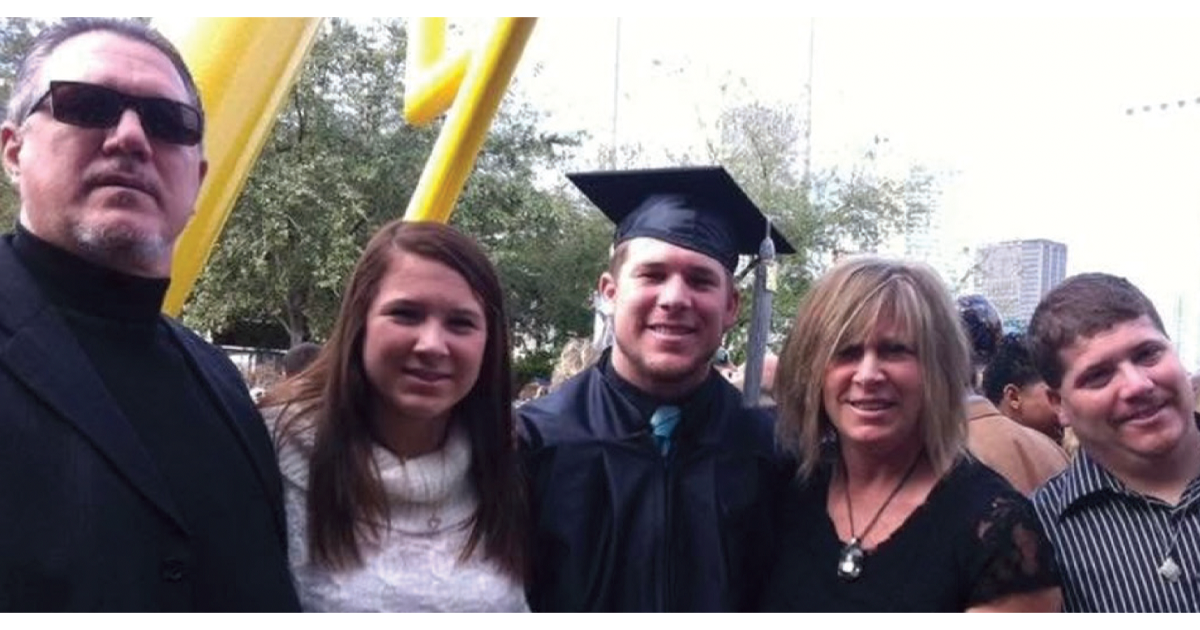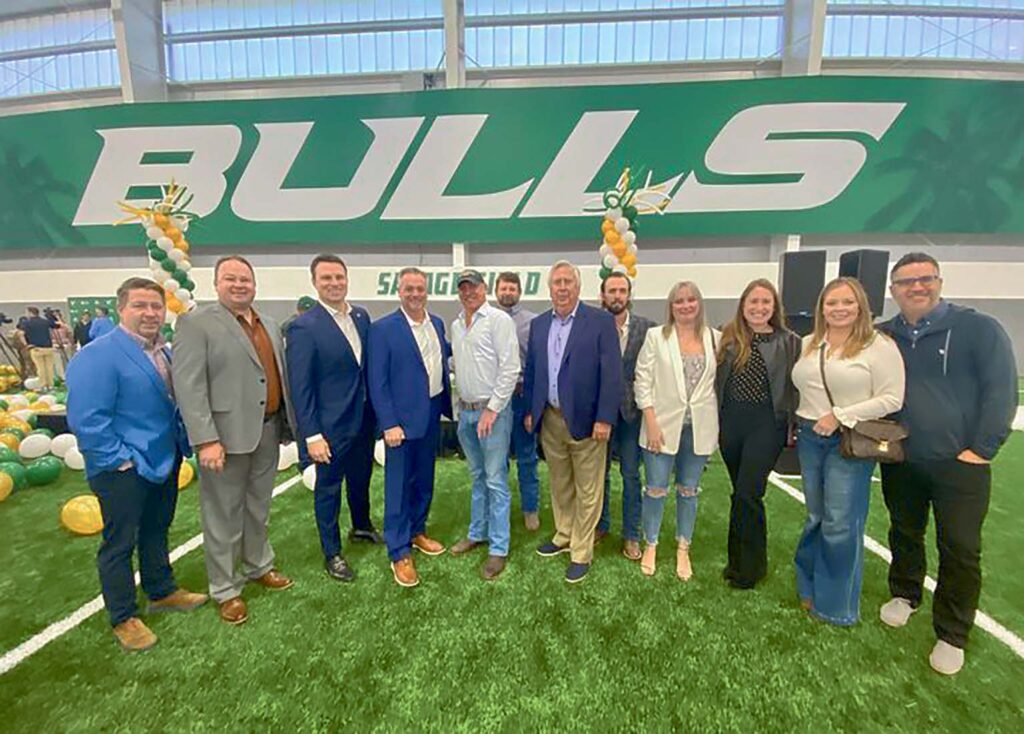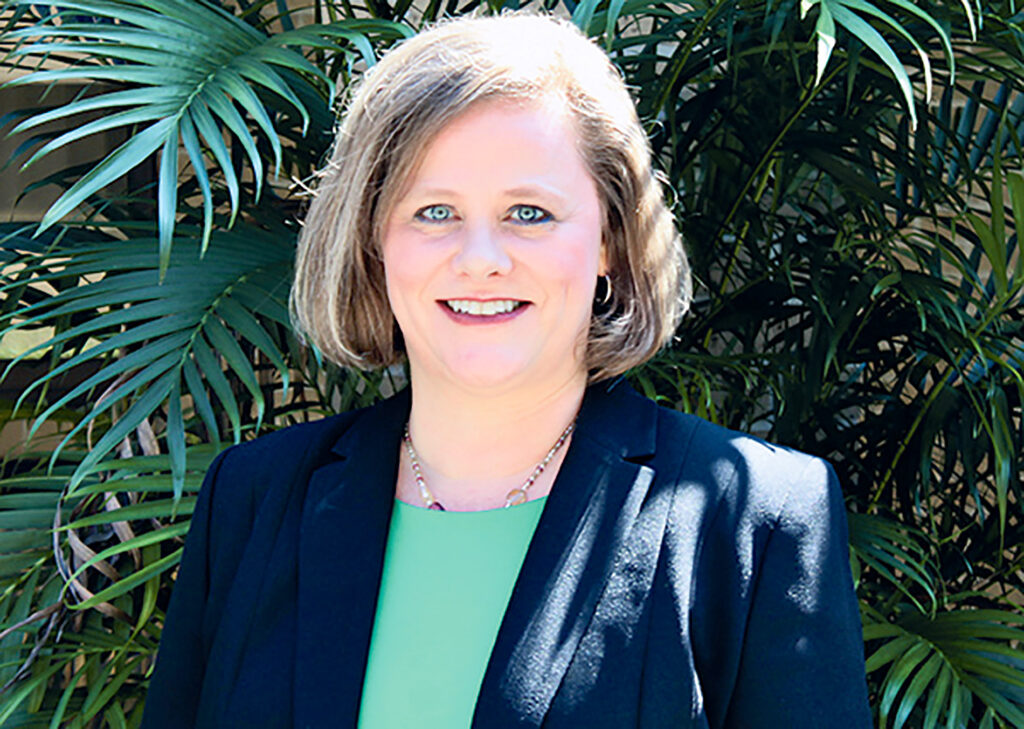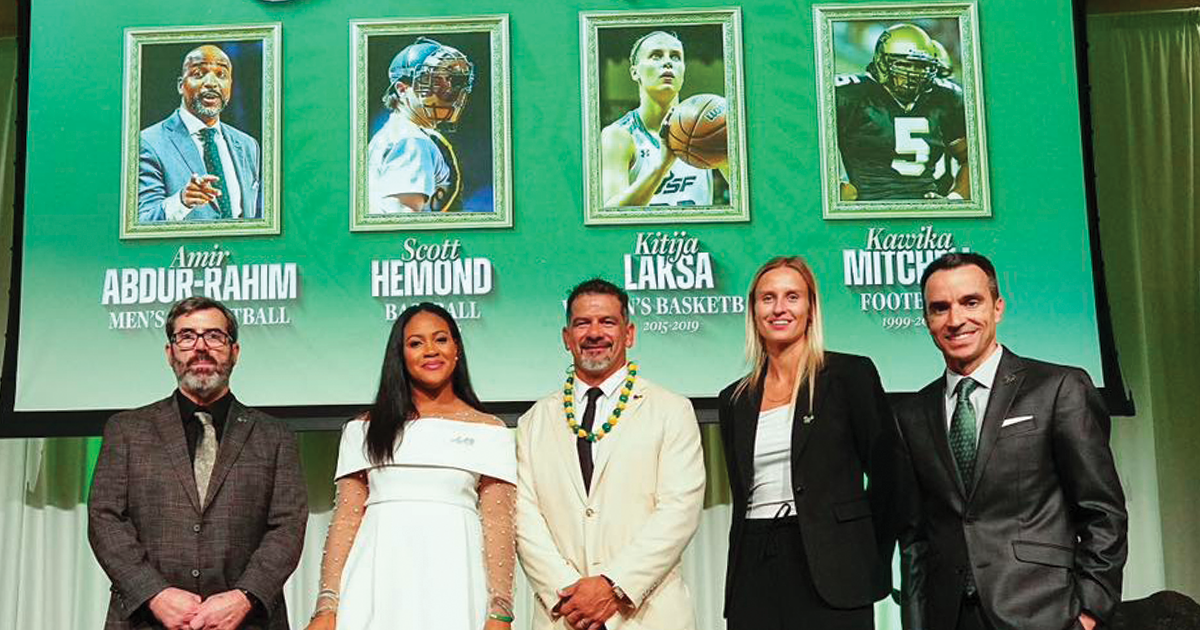
When former USF football coach Jim Leavitt was arrested for assaulting his former girlfriend, stealing her belongings and putting his hands on another man back in August, USF alumni Kathy and her daughter Jamie Miller were hopeful that their alma mater’s Athletic Hall of Fame committee would change its collective mind about inducting Leavitt into the USF Hall.
After all, Leavitt had previously assaulted Kathy’s son, Jamie’s brother and former USF football player Joel Miller at halftime of a game the Bulls were winning back in 2009, lied about it, convinced Joel to go along with his lie because he was, “the most powerful man in the building,” but got fired for it anyway, had the remainder of his contract bought out by the school to the tune of $2.75 million, was told to never come back but went on to receive multiple subsequent coaching jobs despite this less-than-impressive resume.
But, things didn’t go nearly as well for Joel or his family after that. Joel was blamed for being the “kid” who got Leavitt fired, couldn’t show his face on campus, got hit in the head with a thrown brick and saw his once promising future go down the drain before passing away at age 29 in 2017.
How Leavitt’s name was even on USF’s Hall of Fame ballot this year is beyond the imagining of this editor. Yes, he started the school’s football program but it never won anything of consequence under his leadership. Yet, there he was — one of five inductees in the Class of 2025. Just using Leavitt’s name and “Class” in the same sentence makes me throw up in my mouth a little.
On Sept. 10, the eighth anniversary of Joel’s passing, it was announced that the new charges against Leavitt had been dropped — interesting timing considering the fact he had only recently been announced as a USF Hall inductee.
Then, on Sept. 17, I brought Kathy and Jamie into the Emorys Rock Realty Podcast Studio at the North Tampa Bay Chamber office in The Shops at Wiregrass to try to help sway USF into changing its collective mind about inducting this lowlife. Kathy and Jamie started a Change.org petition that has now been signed by 641 people and they did everything they could —made phone calls, sent emails and even stopped in at the USF Athletics office to try to get someone to talk to them and update them about this sad situation. Instead, they were told that if they didn’t leave the premises, they would be escorted out by the campus police. That podcast episode was viewed more than 2,300 times on Facebook.
“We remained calm, didn’t raise our voices, didn’t threaten anyone,” Kathy said, “we just wanted someone to talk to us.” “Sad,” Jamie added.
Into this unenviable situation stepped Rob Higgins, another USF grad who has spent the last two decades as the super-successful Tampa Bay Sports Commission executive director. Higgins was officially named the first-ever chief executive officer of a major college athletic department on Sept. 18 (although he didn’t officially assume the job until Oct. 1) and, on Sept. 19, committed his first fumble in his new position.
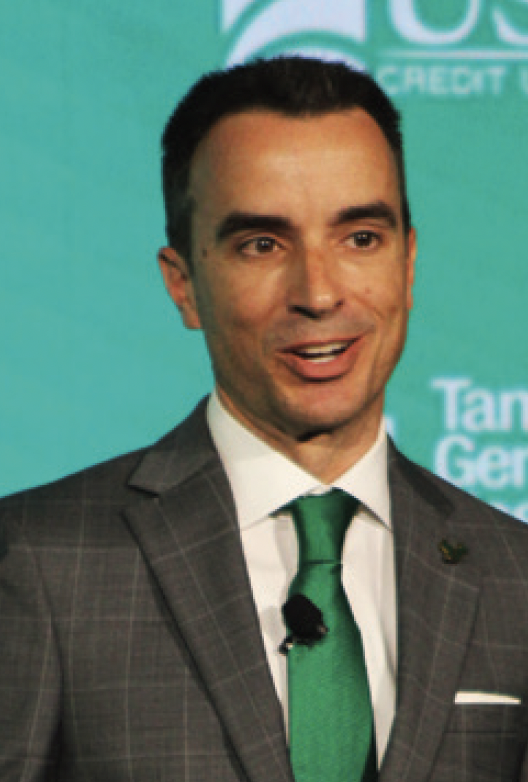
Higgins announced on X (formerly Twitter) that, “Jim Leavitt and I have had candid and productive conversations…We have mutually agreed that he will not attend and/or be recognized at [the Oct. 2] USF Athletics Hall of Fame induction ceremony.”
Did that mean Leavitt was no longer being inducted? No, it did not. On Oct. 2, Higgins (right) oversaw the Class of 2025 induction, which didn’t mention Leavitt, nor was his photo shown with those of the other inductees — former USF men’s basketball coach Amir Abdur-Rahim, who passed away on Oct. 24, 2024, baseball legend Scott Hemond, women’s basketball star Kitija Laksa and football great Kawika Mitchell. There were several comments on Facebook that Leavitt should have been included, which begs the question: If a “Hall of Fame” is an honor bestowed only on the best of the best, why would someone elected to a Hall not be invited to or included in their induction ceremony?
Higgins said in his post on X that, “Coach Leavitt understands the importance of USF Athletics being able to honor this year’s inductees without distraction.” Really?
Will Leavitt’s mug shot be added to the Hall anyway? Shouldn’t the school be so proud of every inductee to not care what some people think?
I attended the news conference on Sept. 22 when Higgins was introduced to the public and I was impressed with everything he had to say. I believe he will be a great leader of USF Athletics.
But, I also say this was one he muffed and that he should have at least talked to the Miller family before finalizing this truly bad decision.

